🔮 MARKETING TRENDS 2025 / Part 1
My analysis of international trend reports on 5 groundbreaking trends that will redefine marketing success in 2025. Including case studies, data points, and actionable recommendations for every brand.
Hi 👋 I’m Florian Schleicher. This is the FutureStrategies newsletter of FUTURES. Thank you so much for reading along 💚
During my vacation, I read 116 Trendreports, and today I will share my top insights for marketing and marketing strategies.
I often receive questions like:
What really matters?
What can be leveraged for our brand?
What needs to be considered in marketing strategies?
So, I’ll provide some guidance for you here.
Please note: This newsletter is long.
However, I want to give as holistic a picture as possible of each trend, show data points and provide inspiration for your marketing with examples.
I hope it helps you guide your start in 2025.
I’ve identified 5 key trends overall.
Today, I’ll cover the first three:
🧘 The Age of Healthspan – From Perfection to Balance
🔥 Digital Campfires – Unlocking the Potential of Niche Communities
💚 Green is the New Black – Sustainability, but Realistic
Two additional trends are, in my opinion, so impactful that they deserve their own newsletter. I’ll dive into these in separate postings:
🤖 GenAI Explosion – Hype, Risk and Revolution
🎭 Entertain or Die – The Entertainment Revolution
Ready?
Let’s go!
If you’d like to explore one or more of these trends specifically for your business, let’s talk and plan a customized “Trend Strategy Lab” tailored to your marketing needs!
TREND 1 🧘 The Age of Healthspan
From Perfection to Balance
What is the best-selling watch in the world?
It's the Apple Watch.
And what is the number one reason why consumers buy them?
Health.
People want to live longer.
That’s nothing new.
But over the past year, many have started making even more lifestyle changes to improve their future quality of life (myself included—I’ve almost completely stopped drinking alcohol).
The goal: living longer, but staying healthier while doing so.
People are looking for preventive solutions and products tailored to specific issues.
But here’s the interesting twist:
We’re witnessing a fundamental shift from “perfect health” to “sustainable balance.” The Healthspan Generation is no longer chasing quick fixes or miracle cures—they’re investing in long-term well-being.
What does this mean for brands?
Instead of individual products, people are seeking holistic solutions.
Instead of promises, they want proof.
And most importantly: rather than another lifestyle dictate, they’re looking for authentic companions on their health journey.
Brands can meet this demand with innovations that support optimal well-being at every stage of life.
The numbers are clear: 82% are looking for personalized health solutions. And—especially interesting—73% are willing to pay more for products that demonstrably extend their “healthspan.”
Data Points
52% of consumers believe they will be healthier in the next five years than they are today.
54% know which vitamins and supplements they need to achieve their specific health goals.
While 73% of consumers are investing more in their health than ever before, paradoxically, 2 out of 3 people feel overwhelmed by the constant pressure to self-optimize.
23% of adults worldwide reported feeling lonely on the previous day.
78% of consumers list “healthy aging” as a top priority.
The Global Wellness Summit Report 2024 forecasts a 32% market growth for “Longevity meets Lifestyle” solutions by 2026.
Marketing Potential
In a world striving for health but exhausted by the effort, successful brands become “wellness mentors” who preach balance instead of perfectionism. Consumers expect brands to support them in their pursuit of health—not by promoting perfectionism, but by celebrating perfect imperfection.
The growing prevalence of headlines, books, and articles on topics like “Soft Life” and “Slow Living” shows that consumers are not just looking for fitness and health trends but for mental relief and genuine relaxation. “Business as a Hammock”, as my friend Thomas Klaffke describes in his report Business as Un Usual, reflects a lifestyle where brands focus on reducing stress rather than adding more to-dos.
Marketing Case Study: 🏋 Technogym – From Fitness Pusher to Lifestyle Coach
The Italian fitness company is revolutionizing its marketing with the “Wellness Lifestyle Navigator.” Instead of traditional workout trackers, the new app offers mindfulness exercises for meetings, “business meditation,” and adaptive training plans tailored to stress levels.
Technogym focuses on inspiring content that connects fitness with mental health and well-being. Campaigns showcase how adaptive training and mindfulness exercises can noticeably enhance daily life.
Technogym emphasizes the importance of a holistic approach to health and well-being, combining physical fitness with mental health in its marketing.
This innovative strategy has helped increase brand engagement by 40% and transform the perception of “must-do fitness” into “want-to wellness.”
Even “ordinary” brands can tap into the Healthspan trend!
An automotive manufacturer can transform vehicles into “mobile wellness pods.”
A hotel can make “sleep science” its core promise.
Apps can integrate “digital wellbeing features.”
Restaurants and bars can introduce “mood food” and “brain health menus.”
The magic lies in blending a brand’s core competencies with the Healthspan narrative.
How does your product or service—perhaps unconsciously—already support a healthier, longer life?
What story of well-being can you authentically tell?
3 Marketing Recommendations for 2025
Develop targeted self-care offerings and informational content around your products to address specific life moments. Sell solutions, not just products.
Health is no longer a clinical concept—it’s a stage for magical moments and sensory experiences. Can your brand transform wellness touchpoints into Instagram-worthy “joy spots”? Think atmospheric lighting in fitness studios or handwritten motivational notes on smoothie bottles.
Audit your marketing for hidden perfectionist ideals and shift from “healthy” to “worth living.” Health isn’t a competition but a feeling of balance and satisfaction. Marketing content should avoid preaching unattainable ideals and instead highlight how small, genuine steps can enrich life. Move away from polished images of perfection and towards stories that celebrate authenticity and the joy of living.
TREND 2 🔥 Digital Campfires
The Potential of Niche Communities
Fifteen years ago, when I started in marketing, Facebook was still new, Instagram had just launched, and TikTok was nowhere in sight.
Back then, being on social media felt different.
It was like being at the forefront of something new.
A sense of exclusivity.
Today, Facebook feels outdated.
Instagram is overloaded, and TikTok’s future is uncertain.
That’s why, over the past few years, we’ve seen a shift away from the major platforms. They’re losing their magic, while niche communities are becoming an exciting new starting point for customer relationships in 2025.
In a world marked by loneliness despite digital hyperconnectivity, new hubs of authentic connection are emerging: micro-communities.
The reason? People aren’t looking for followers anymore—they’re looking for like-minded individuals.
The idea of “Digital Campfires” is nothing new - Sara Wilson coined the term in her piece for Harvard Business Review and has subsequently written and spoken about it at length, including giving talks for multiple brands.
The Strategist Zoe Scaman calls it “Fandoms”, others simply say “Community”.
“The evolution of fandoms and user-generated content is rewriting the rulebook. From democratized creative tools to the rise of communities and open content – a new era of collaboration and fan participation is unfolding for brands.”
Zoe Scaman, Strategist
From Communities which only talk about the latest LEGO Sets, to fans of console based animal games, guides for romantic AI-Chatbots, up to questions about the best flower stores in London.
There’s a community on Reddit for every niche interest, no matter how specific.
And so far, there are hardly any brands present.
Data Points
62% of Generation Z want to be part of micro-communities that are not shared with their immediate social circles.
72% of all brands are building digital communities that align their business interests with the values of their target audience.
66% of companies report that engagement in niche communities has positively impacted their brand. Thus 78% of businesses plan to increase investments in creator marketing as traditional social media platforms lose organic reach.
52% of young consumers prefer purchasing directly from influencers.
84% of consumers say that a brand’s community directly influences their attitudes and feelings toward the brand.
Marketingpotenzial
Niche communities are becoming the new epicenters of the digital world.
In times of increasing perceived loneliness, we seek places where we can feel part of a community.
Whether on Reddit (my new favorite platform), Discord, or brand-owned hubs, people find like-minded individuals and genuine belonging. Those who participate authentically gain fans, not just customers.
Niche communities can be powerful drivers of deeper brand loyalty and cultural relevance in marketing. These small communities offer a platform for brands to interact authentically and personally with specialized target groups, fostering greater trust and true connection.
This presents both immense potential and a significant challenge for brands.
It only works if brands create exclusive and relevant content for these groups and aim to be a part of the community, not just its leader.
In 2025, success won’t just belong to brands with the biggest advertising budgets but also to those with the most vibrant communities.
This requires a shift in thinking.
Marketing must understand the dynamics of fandoms and niche communities and integrate them into their strategies.
Some are already doing this very successfully:
Marketing Case Study: 💄 Glossier – Giving is at least as important as taking
The beauty brand exemplifies what “Community as Commerce” truly means:
Their “Into The Gloss” forum not only generates UGC but also provides direct product feedback.
The result? 70% of their product innovations are derived from community insights.
Through social media, Glossier focuses on approachable communication and interaction: on platforms like Instagram and TikTok, fans are engaged not just as consumers but as co-creators. The brand regularly reposts content from its community, fostering an authentic connection.
A prime example is the campaign around the “Cloud Paint” blushes: fans were invited to share their favorite color mixes, which not only boosted product visibility but also significantly strengthened brand loyalty.
Originally a D2C e-commerce brand, Glossier has recently expanded into physical spaces, such as the New York flagship store. This location has become a community hub, featuring Instagram-worthy “experience zones” and personalized consultations.
Here, fans can not only test products but also experience the brand as a lifestyle.
The Glossier case is excellently analyzed in this podcast by the Harvard Business Review.
Marketing Case Study: 🖥️ Dell – The IT Squad on Reddit
Dell leverages Reddit as a platform to engage with its community of IT experts and tech enthusiasts on an equal footing.
Through the “IT Squad,” the company creates dedicated spaces where users can not only address support topics but also exchange best practices, news, and tips with each other.
Dell emphasizes authentic interactions by involving internal experts who actively participate in subreddits, answer questions, and provide valuable insights.
The blend of technical expertise, collegial support, and community-driven discussion makes Dell approachable to the tech scene while strengthening brand loyalty.
The “IT Squad” combines peer learning with entertainment—and increased B2B conversions by 45%.
Marketing Case Study: 🚃 Japan Railways’ Community Magic
What does train travel have to do with communities?
A lot!
Not every community has to be digital. In this third brand example, it’s the offline aspect that makes it so exciting:
Japan Railways’ “Station Stamp Adventure” transforms an ordinary journey into a cultural treasure hunt. Each station features its own uniquely designed woodcut-style stamp.
Japanese Railways successfully combined physical experiences with digital storytelling, creating an organic collector community. The campaign draws on Japan’s deeply rooted stamp-collecting culture, which has shaped tradition and community for centuries.
Every time users visit a station, they can collect a unique woodcut-style stamp. These stamps, inspired by the art of Japanese woodblock printing, are designed in a warm, nostalgic style using just six colors, blending traditional aesthetics with modern collector enthusiasm.
"We actually went to one of the stations in Tohoku, and we discovered a notebook - a travel notebook. So visitors were able to add their own comments, and keep a journal of what they have seen or what they have done in that area. And when we put in our comments ourselves, we turned the pages back and realised a family had written that same experience 15 years ago. And that gave us this feeling of connecting to somebody who was here in the same place, in a different time."
Yoshihiro Yagi, Executive Creative Director dentsu
Visitors can use the accompanying app to see not only which stamps they’ve collected but also who else has visited the same location. This fosters a sense of community and belonging through a collaborative, non-competitive fandom.
Travelers don’t just collect these stamps—they share their “Stamp Stories” in dedicated online communities, organize stamp-hunting events, and even create their own stamp-inspired art.
Japan Railways understood:
Communities need more than digital platforms—they need rituals.
The act of collecting woodcut stamps becomes such a ritual, blending tradition, art, and mobility. The stamp designs create an emotional connection by celebrating nostalgia and craftsmanship.
At the same time, the railway infrastructure transforms into a stage for shared experiences, where customers don’t just travel but become part of a larger story.
It’s a masterpiece in cultural community building—a campaign that seamlessly combines emotions, experiences, and a sense of belonging.
“We can give future generations a real-world childhood. We can prioritize play. We can delay entry to social media platforms until at least 16. We can encourage young people to just hang out with each other, without supervision and without smartphones. We can take elements of childhood from previous eras and re-introduce them in modern life.”
Successful brands in 2025 will become community architects, creating digital living rooms instead of sterile sales spaces.
3 Marketing Recommendations for 2025
Familiarize yourself with niche communities related to your brand, expertise, topics, and products on platforms like Reddit. Observe how others position themselves, engage, and build trust within these spaces.
Develop a “Community First” content strategy. Instead of polished brand messages, share authentic stories around your expertise as a person or brand. Have your experts deliver real value through AMAs (Ask Me Anything) sessions.
Identify your brand’s “collectible factor”—that one element that not only attracts people but also connects them. Whether it’s insider guides, exclusive events, or limited collections, ensure it gives your community a reason to engage with your brand and share their stories.
TREND 3 💚 Green is the new black
Sustainability, but Realistic
The era of well-intentioned eco-promises and moral lecturing is over.
While “green” used to be optional, by 2025 it will become part of business DNA. The European Sustainability Reporting Standards (ESRS) are ushering in a new era of transparency, offering massive potential for marketing.
But here’s the twist: consumers are tired of “purpose preachers.”
They don’t want more manifestos about a better world—they want concrete, affordable solutions for their everyday lives.
The big challenge for brands?
Finding the perfect balance between entertainment and environmental responsibility. Because one thing is clear: sustainability not only needs to be effective and affordable but also solve a real problem.
The percentage of consumers who buy “green” products solely for sustainability reasons is small. So “green” products and services must first satisfy a genuine need.
Consumers are looking for stylish shoes, cool gadgets, exciting events—and only in the second step do they consider whether these are sustainable. Sustainability alone is no longer a competitive advantage.
The greatest impact comes from brands that use their influence wisely.
Sustainability is not a final goal—it’s a process.
Consumers place the responsibility for lower prices on companies.
Interestingly, we’re starting to see the first businesses reporting revenue growth driven by sustainability initiatives.
The future doesn’t belong to the brands that talk the loudest about sustainability—it belongs to those that implement it the smartest.
No brand, not even Patagonia, is perfectly green.
I might face criticism from the green bubble for this perspective, but I believe we need to stop thinking in “black and white” and start celebrating incremental progress.
“Millions of people doing things imperfectly is better than a handful of people doing things perfectly.”
Vicky James, Head of Marketing Ocean Bottle
Data Points
82% of German consumers expect companies to actively engage in sustainability.
40% cite high prices as the main barrier to sustainable purchasing decisions.
44% of businesses report improved profitability due to sustainability initiatives.
70% of companies in Europe plan to increase their sustainability investments within the next two years.
Two-thirds of all consumers avoid brands or products due to sustainability concerns.
One more thought on this topic:
🍊 I know Trump is changing the game.
I know the EU will probably reduce the regulations around ESRS and ESG.
But nature doesn’t care about policy.
And some things like the low costs of solar energy are going to bring lasting change.
So I really liked this trend analysis on sustainability:
Marketing Case Study: 🌊 Ocean Bottle – Impact with Lifestyle
Ocean Bottle has successfully combined sustainable products with a lifestyle element, building a global fanbase in the process.
The core of their marketing lies in a simple yet powerful mission:
For every bottle sold, they fund the collection of 1,000 plastic bottles in coastal areas, clearly communicating an immediate positive impact on the environment.
They have transformed the necessity of plastic collection into a stylish lifestyle statement and a thriving business—not a charity project.
The bottles aren’t just cool (prioritizing utility for customers first); they’re also genuinely sustainable:
Through an integrated QR code, each bottle becomes a portal, allowing consumers to embark on a transparent and tangible impact journey. They can witness live how “their” 1,000 plastic bottles are being removed from the oceans.
“We say ‘Do Good, Look Good, Feel Good’ - There is a section of people who want to be seen to be doing good as well as just doing so. By using Ocean Bottle we give them that ‘me’ before ‘we’ effect.”
Vicky James, Head of Marketing Ocean Bottle
Ocean Bottle also relies on communities.
Their “Ocean Impact Leaders” program transforms passionate customers into brand ambassadors with a real mission. Through local clean-up events and user-generated content campaigns, they’ve created a network of changemakers who don’t just share a bottle—they share a vision.
This community-driven expansion generates a viral effect that goes far beyond traditional marketing—it builds an ecosystem of positive change.
Find more inspiration from companies that use sustainability in marketing in meaningful, impactful, and entertaining ways in my posts about Oatly, Reformation, and Patagonia.
3 Marketing Recommendations for 2025
Use sustainability claims that reinforce your brand’s value proposition and link these qualities to purchasing factors such as effectiveness, quality, or safety. Sustainability alone doesn’t sell.
Focus product development on attributes with strong growth in your category and market. Fish where the fish are.
Transform dry sustainability facts into compelling, entertaining stories that inspire and move people. People don’t follow facts—they follow feelings.
In 2025, sustainability can no longer be just a marketing agenda.
It must be embedded into the company’s overall strategy, with marketing’s role being to craft a compelling story that builds genuine trust with consumers.
And whoever defines the politics, sustainability is in for the long game.
Because we will feel every non-progress in heatwaves and natural disasters.
🎬 Final thoughts
We’re already well into 2025.
The currents of our society are shifting behaviors.
Consumers want “more” and “different” from brands—both technologically and culturally.
I hope my insights, analyses, and recommendations have provided you with some initial starting points and made your entry into the new marketing year a little easier.
AND:
There are two more trends I’ve identified:
🤖 GenAI Explosion – Hype, Risk and Revolution
🎭 Entertain or Die – The Entertainment Revolution
You can check them out in their own deep dives.
If you’d like to explore one or more of these trends specifically for your business, let’s talk and plan a customized “Trend Strategy Lab” tailored to your marketing needs!
Thank you for reading along!


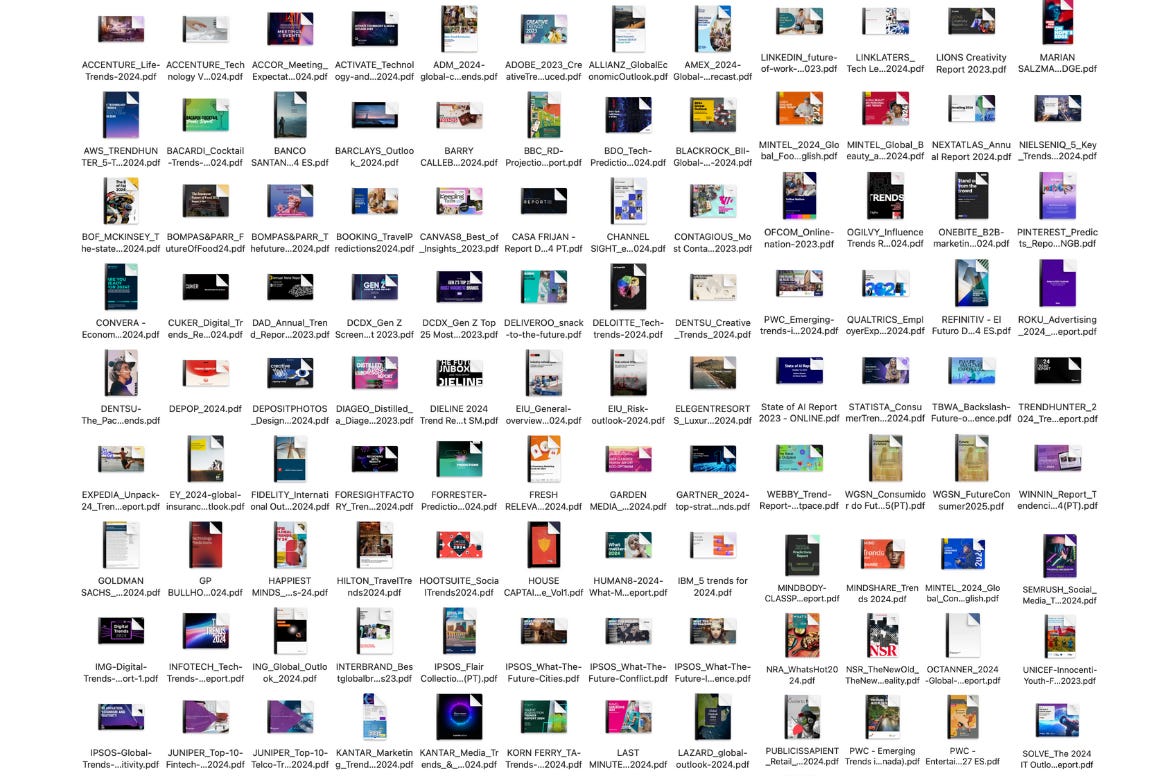

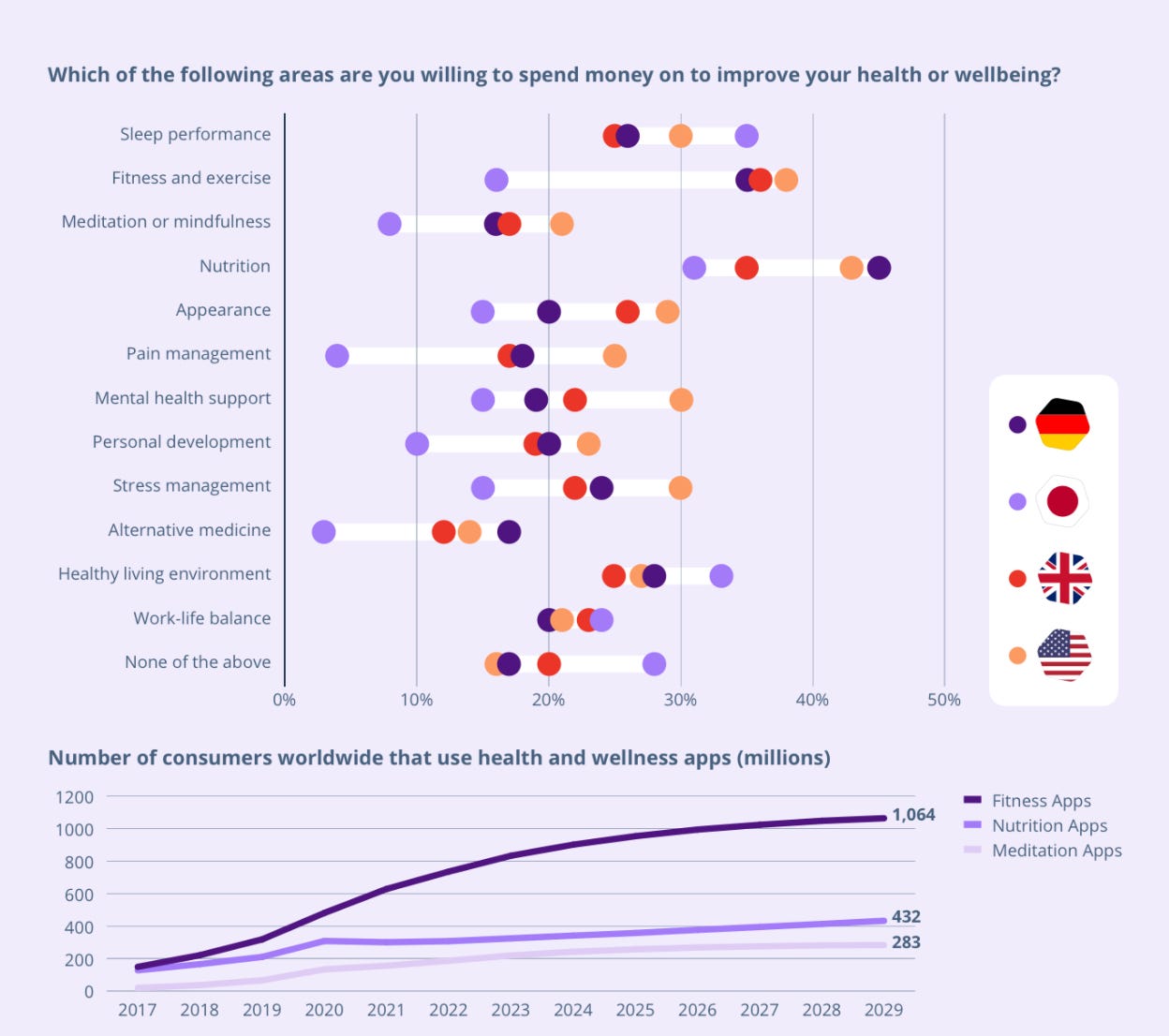


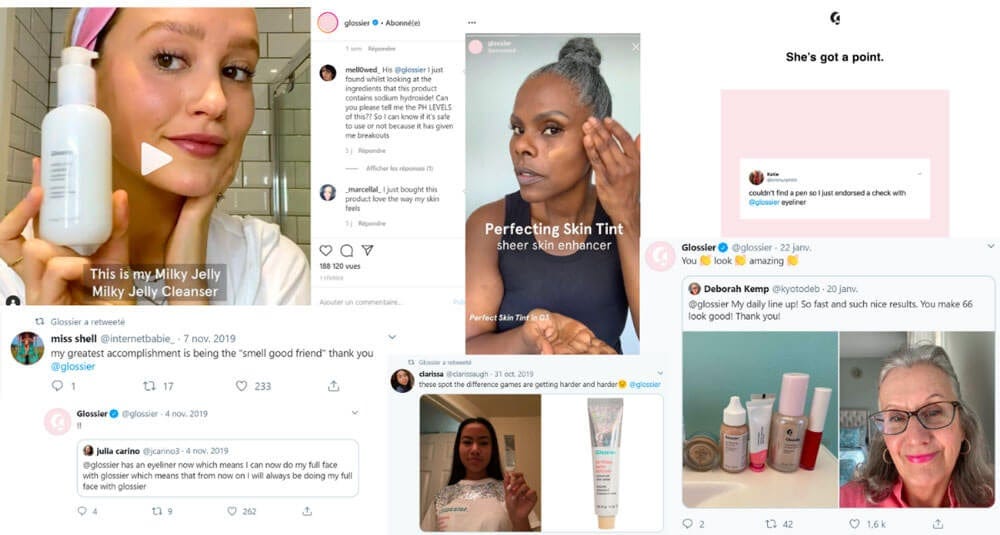


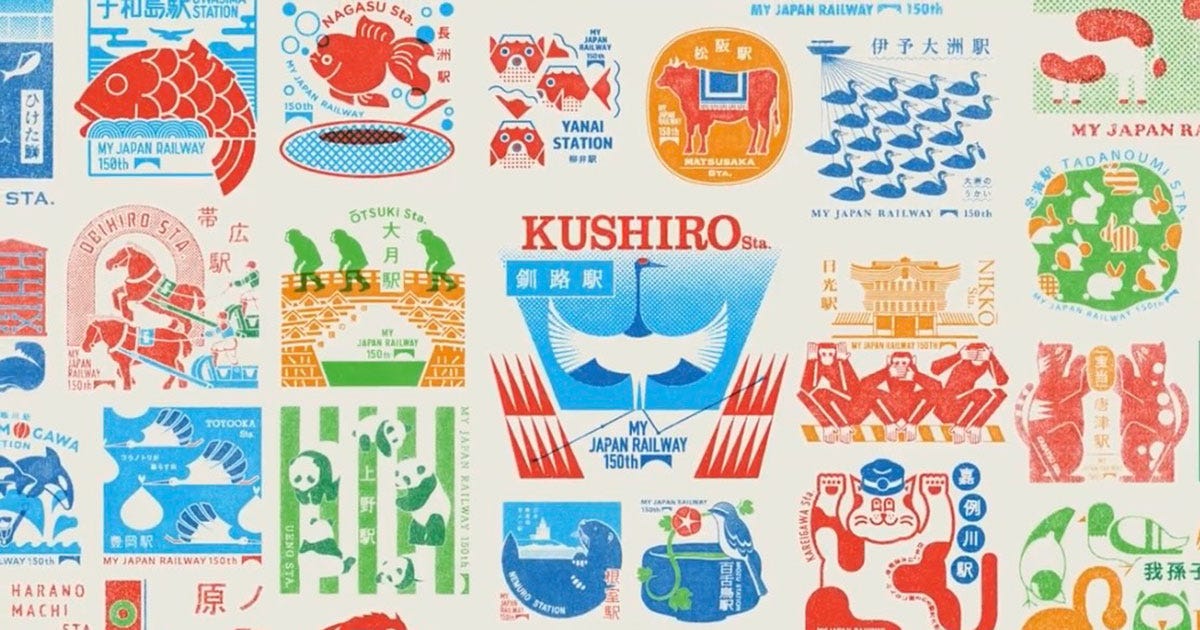

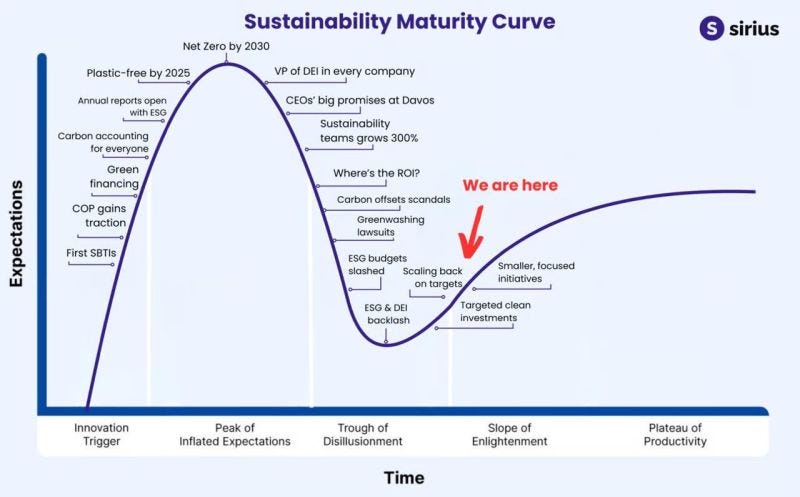


Nice 👌 Saving this one
ok this is so good. flo’s breakdown of “digital campfires” actually feels super aligned with what we’re seeing across student communities too. niche = necessary now. groupchats > groupthink. also—kind of obsessed with the Japan Railways case. it’s giving IRL fandom x heritage-core x emotional UX.
at Muses, we’ve been leaning into this idea that Gen Z doesn’t just want a brand “vibe” they want a club. a reason to stay, a way to be seen, and some light chaos to share in. definitely bookmarking this to reference for our next student-led campaign strategy. 🔥